October 19-25, 2025
It's been a subdued week with little activity
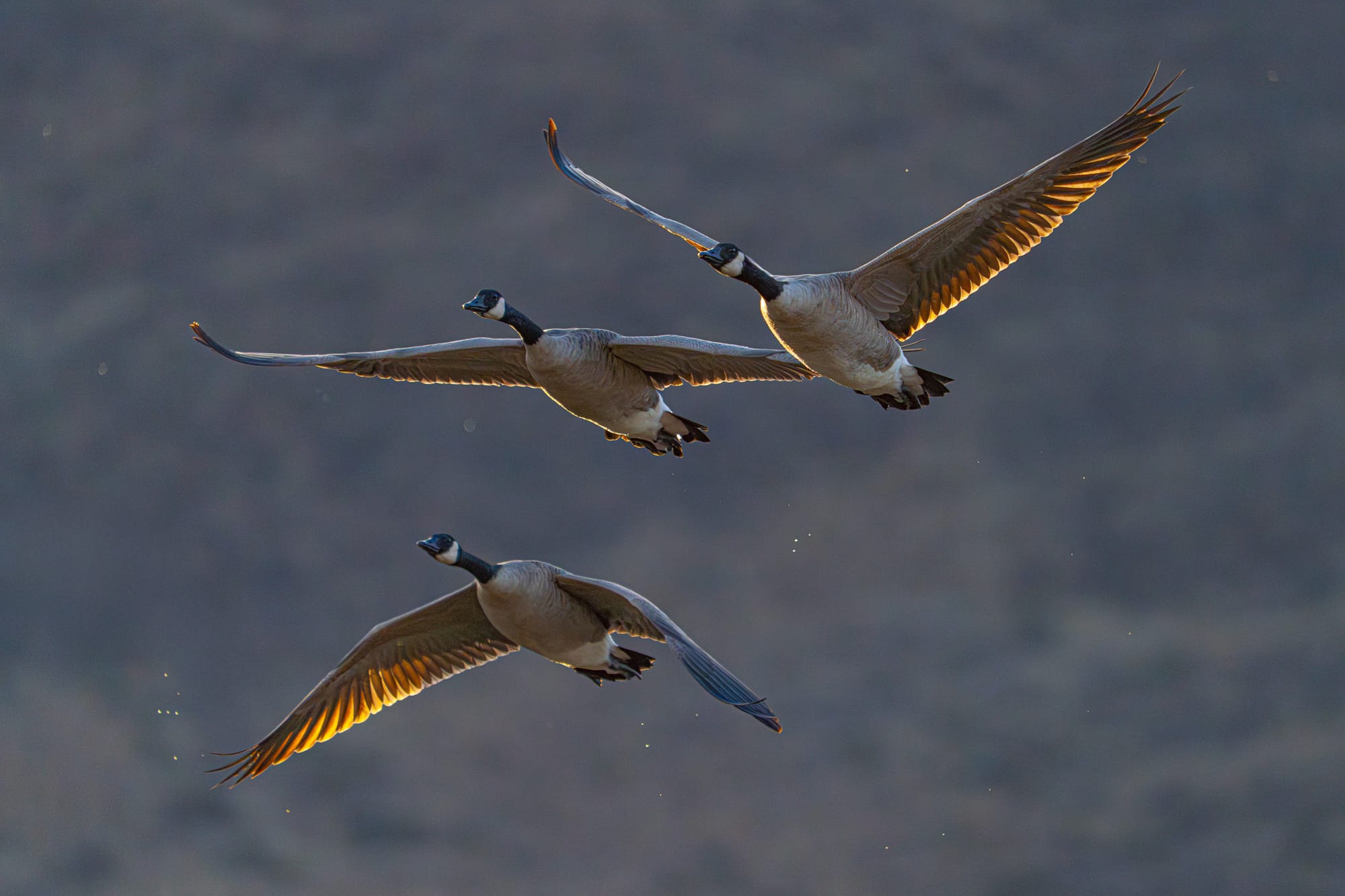
It's been a week of pale sun, thin clouds, and light rain with winter hovering on the horizon.
Week in Review
I would use the word "muted" to describe this week. Amid bits of weak sun, thin clouds, and light rain, there were a few butterflies, a few flowers, and a few birds. Even the chipmunks and squirrels that have been so active over the past couple of weeks were mostly absent this week.
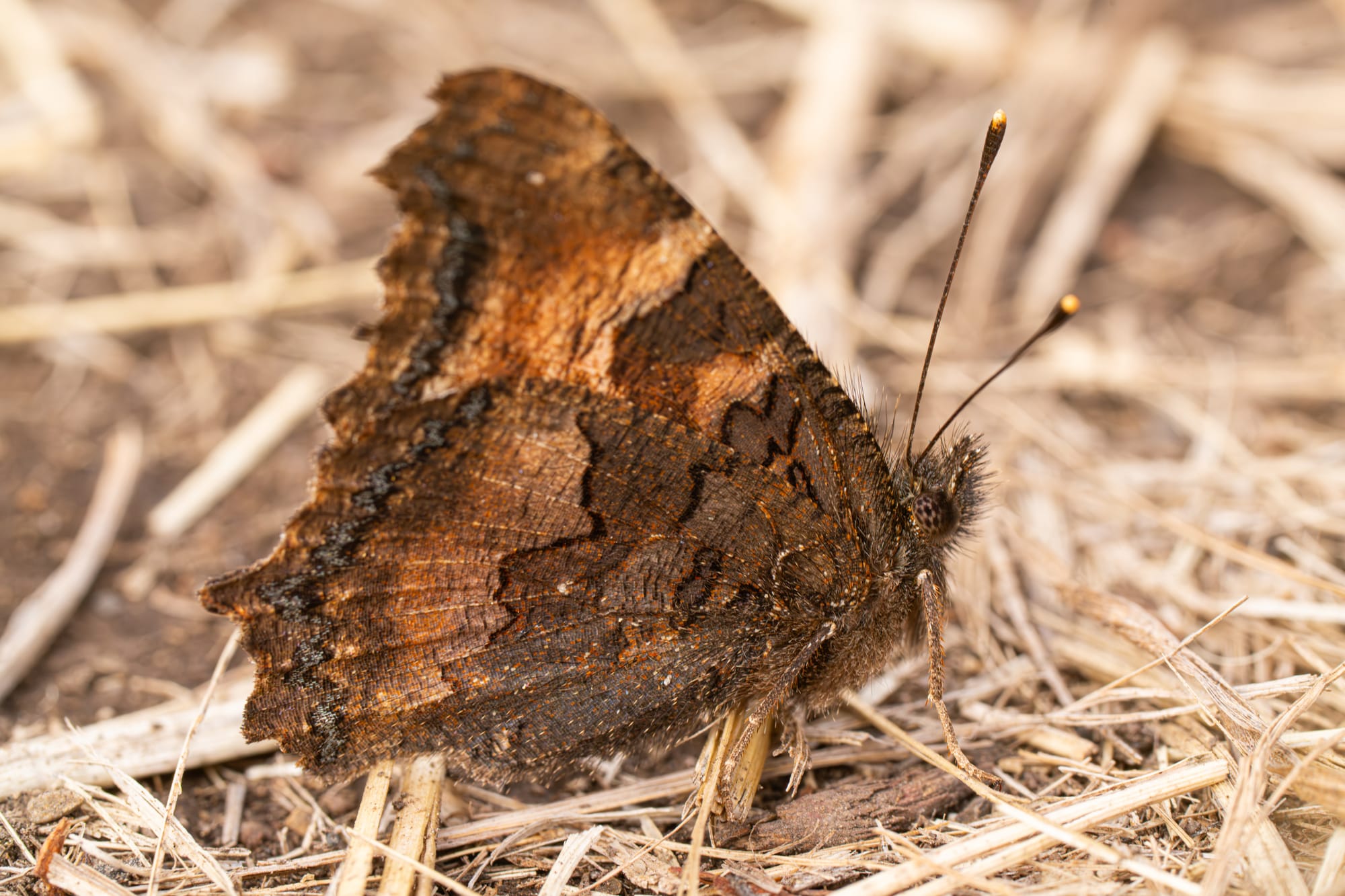
One fun sighting, however, was a juvenile long-toed salamander. These hardy salamanders readily tolerate the cold temperatures that send many other amphibians into hiding, so they are occasionally found in the fall under pieces of wood when people are gathering and stacking firewood.
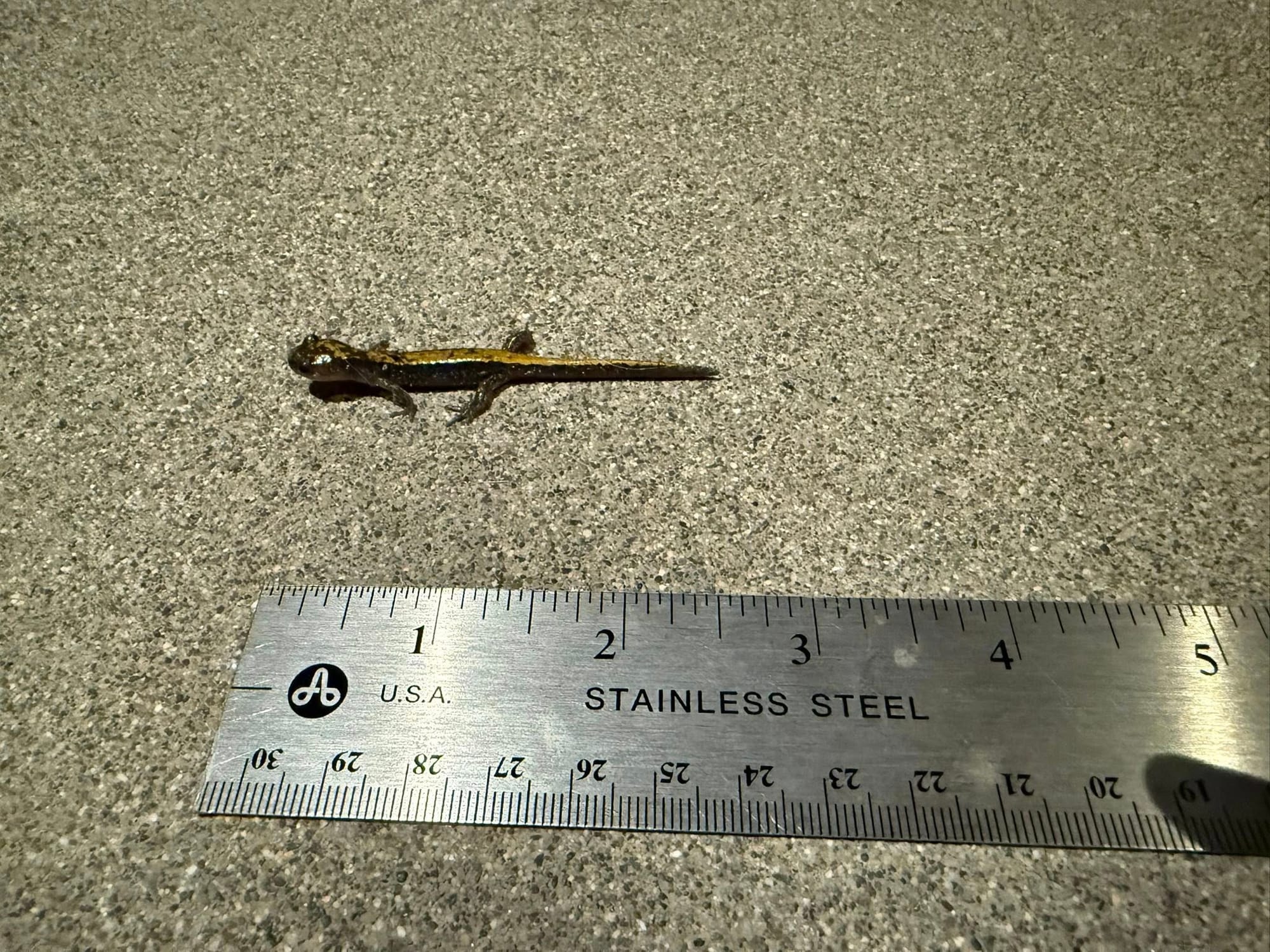
With plants turning brown and dropping leaves, it's remarkable that you can still find a few flowers. Even though some of these are weedy plants, it's still nice to see unexpected splashes of color on a hike.
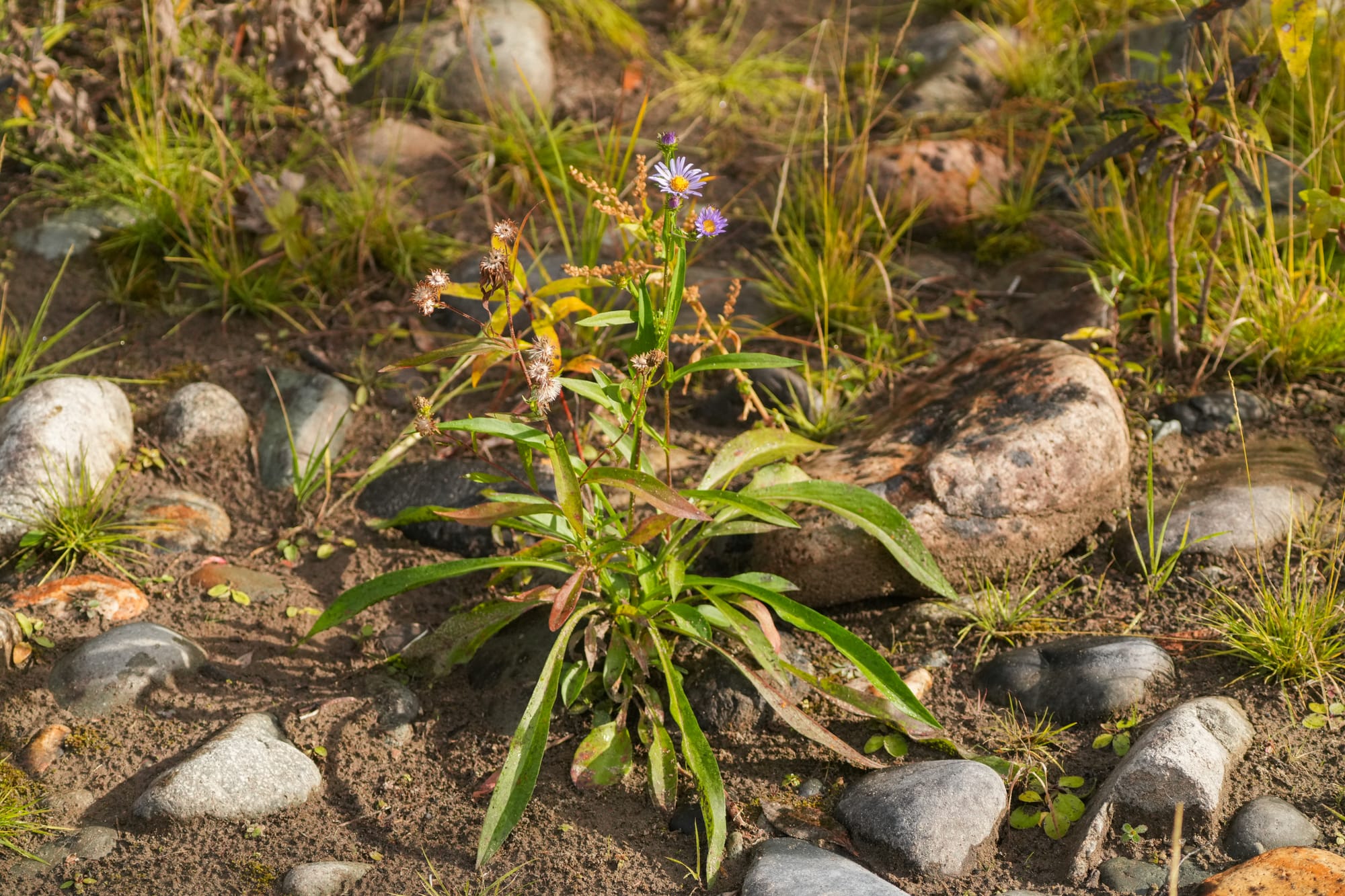
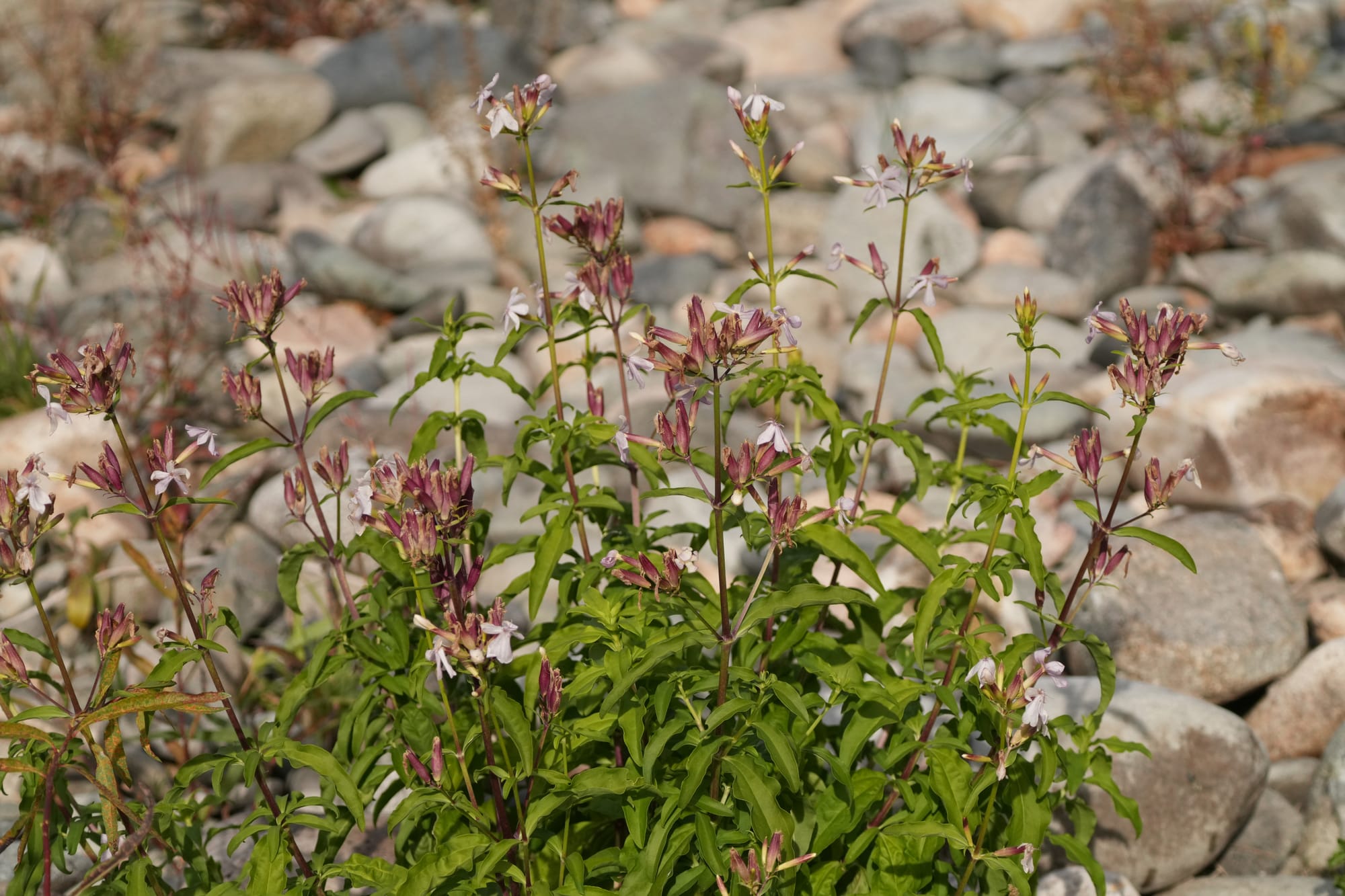
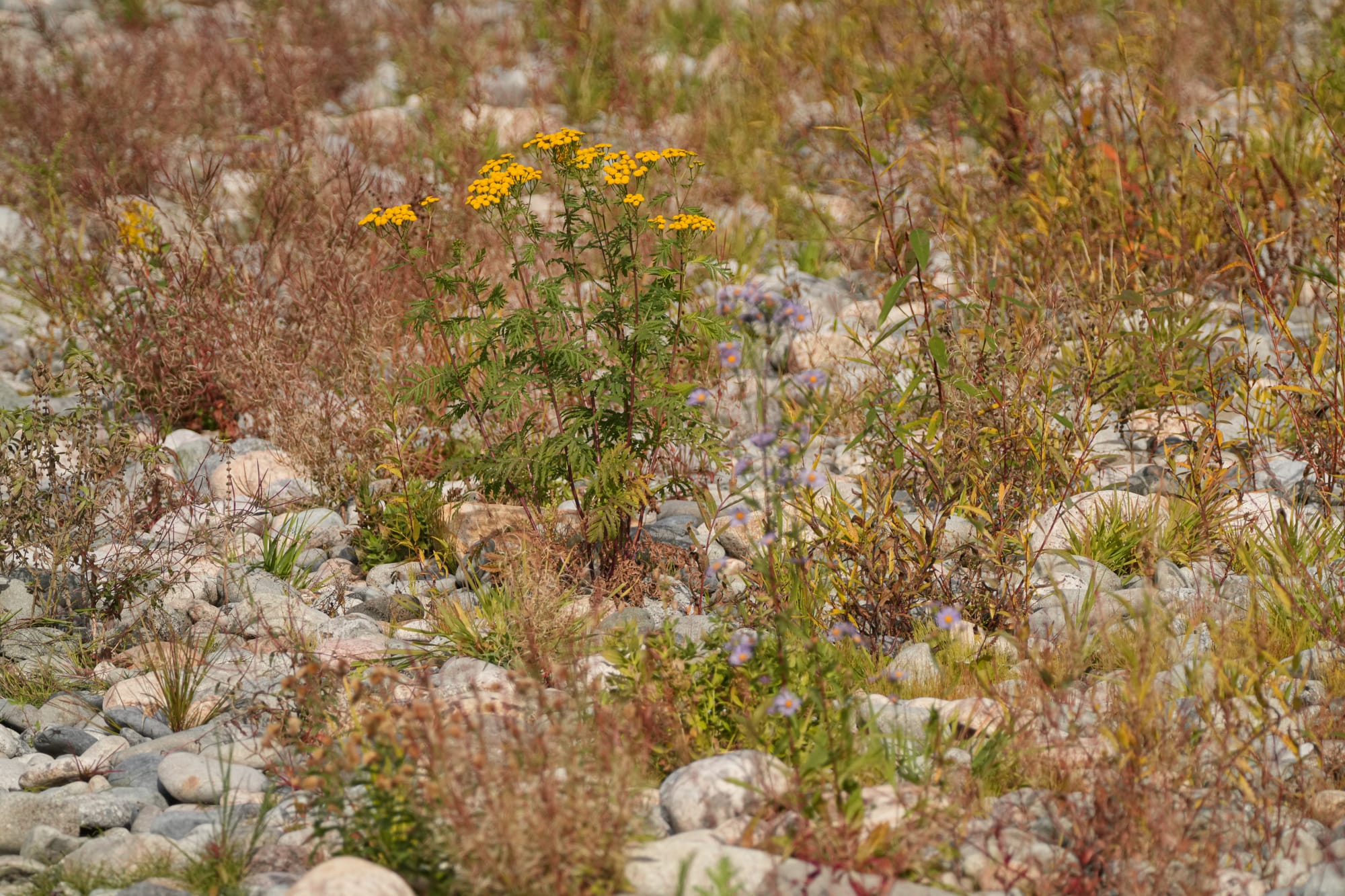
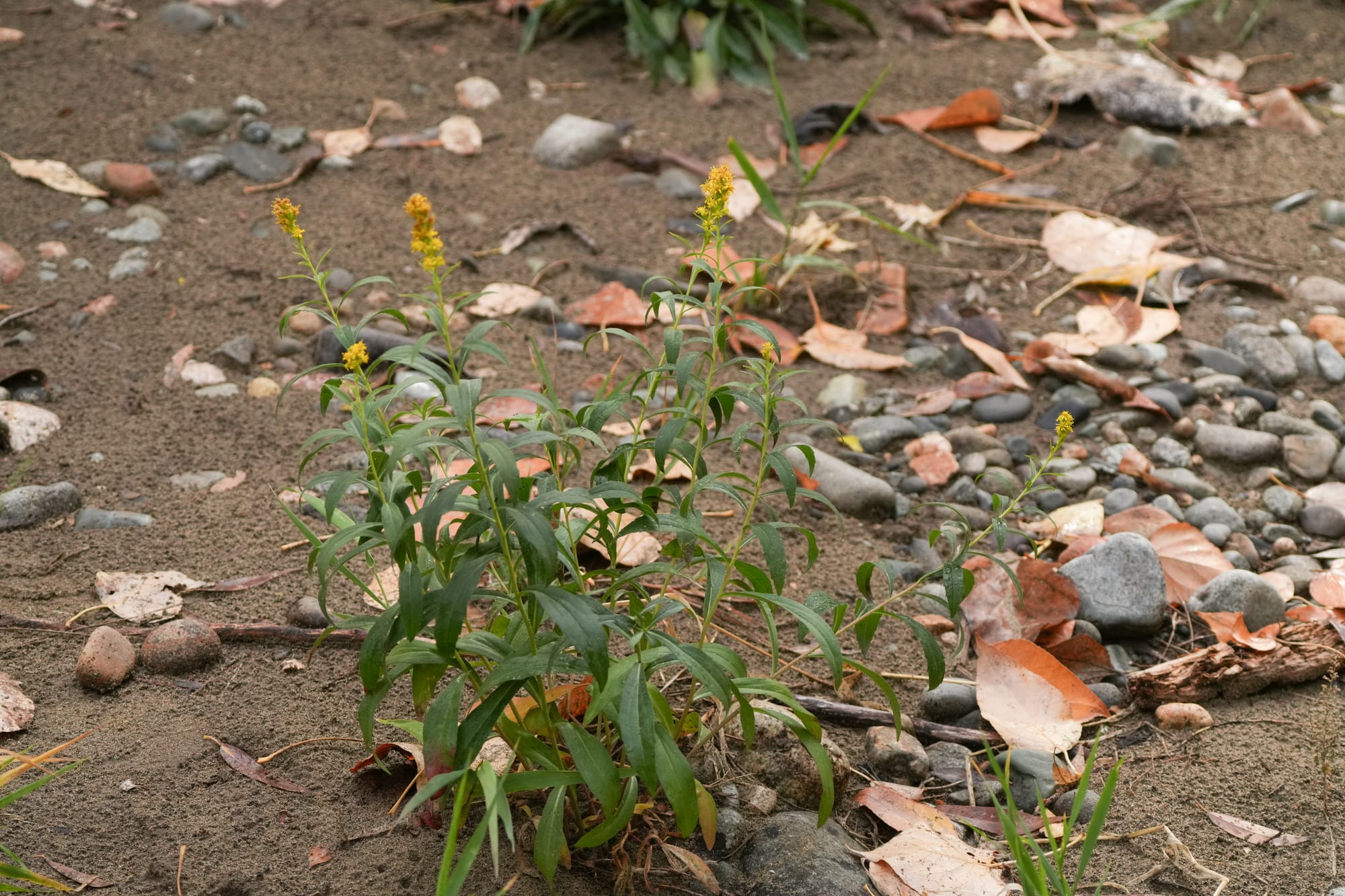
Along with these small splashes of color, there's no overlooking the fabulous fall colors that are on display right now. Aspen groves are on fire with oranges, while cottonwoods along the river are brilliant yellow. It seems like we're at peak color in the Methow Valley right now.
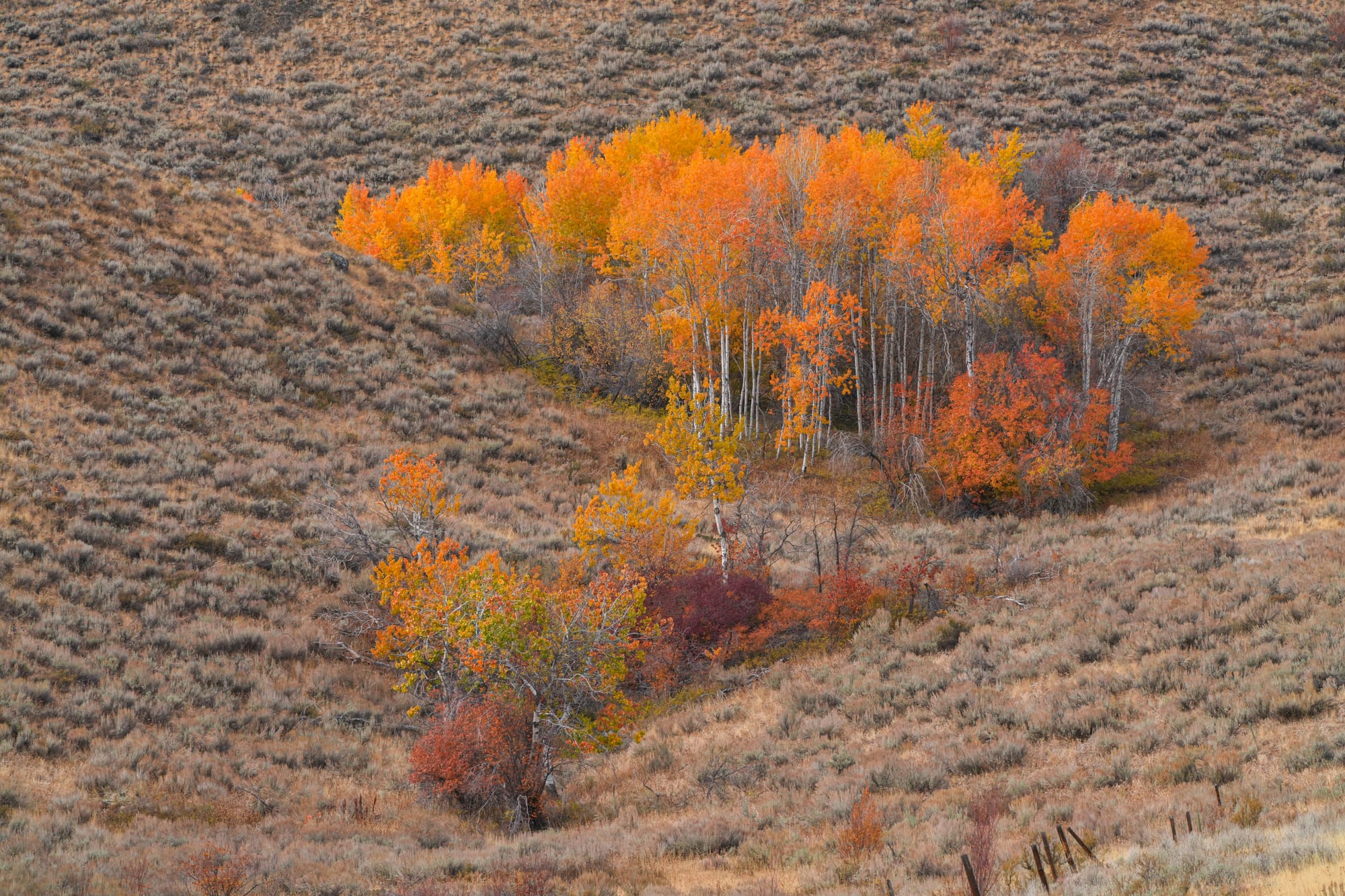

Birds have added one small bit of activity this week. Northern harriers are still conspicuously migrating through the valley, and it's relatively easy to spot at least one bird on any given outing (I had three flying around Lewis Butte at the same time).
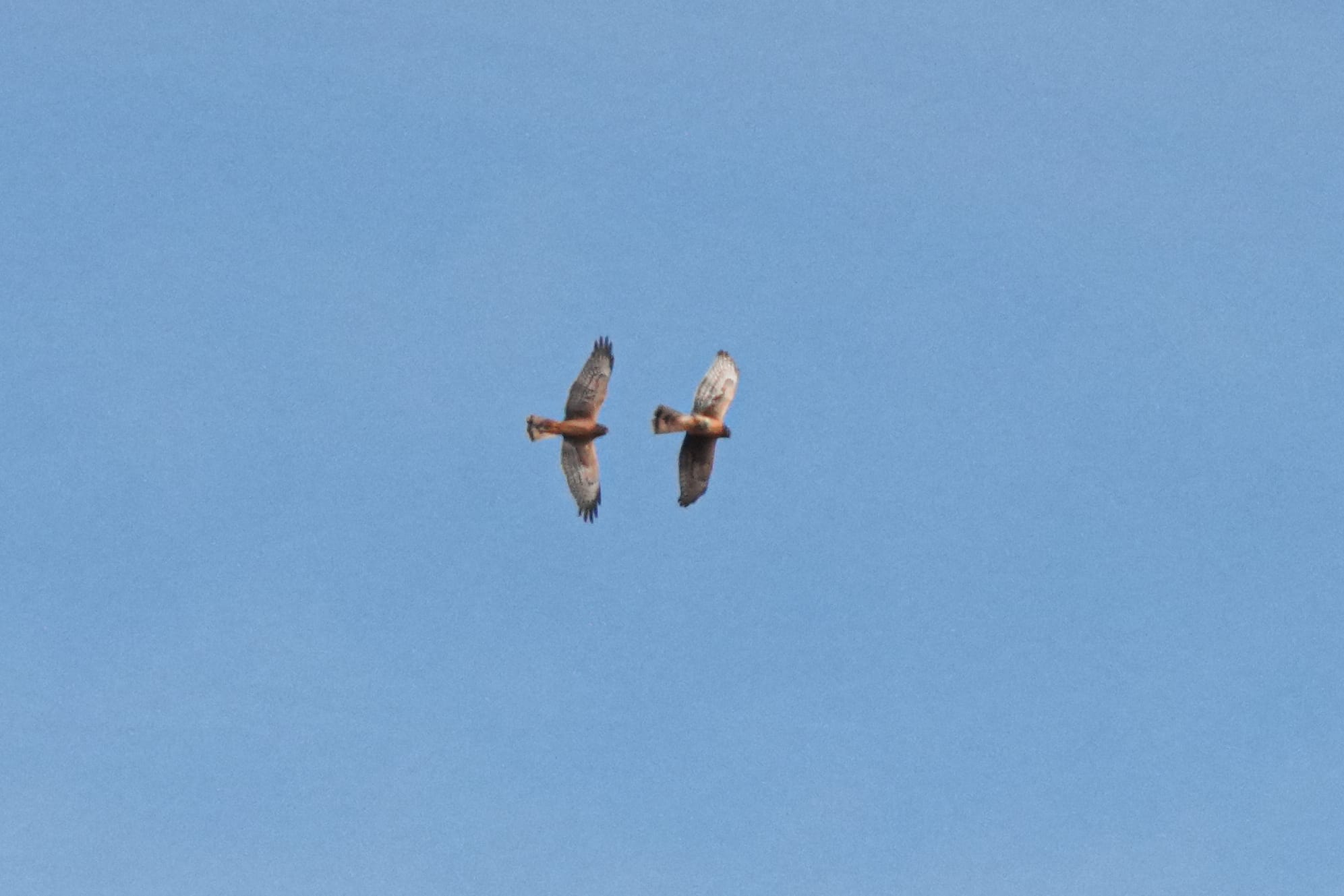
While I was pleasantly surprised to observe a single Bonaparte's gull flying around Big Twin Lake last week, a group of ten birds stopped at the lake this week. These gulls have all been very active, landing briefly on the water, then flying repeatedly around the lake.
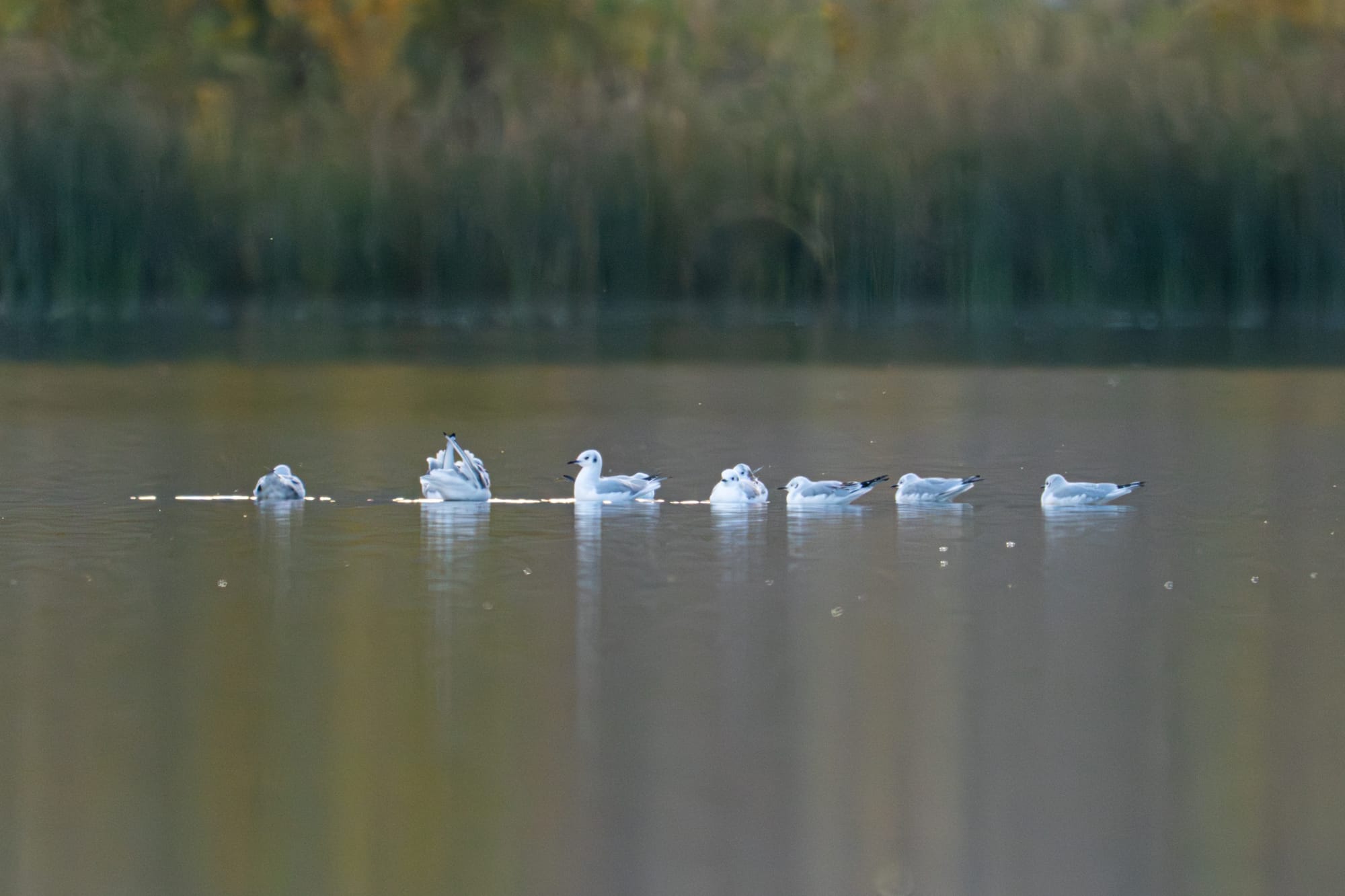
Observation of the Week: Canyon Wren
Canyon wrens might be the spirit birds of wild, rocky places. You rarely see them darting secretively among boulders, but you can still hear their cascading songs echoing among the rocks.
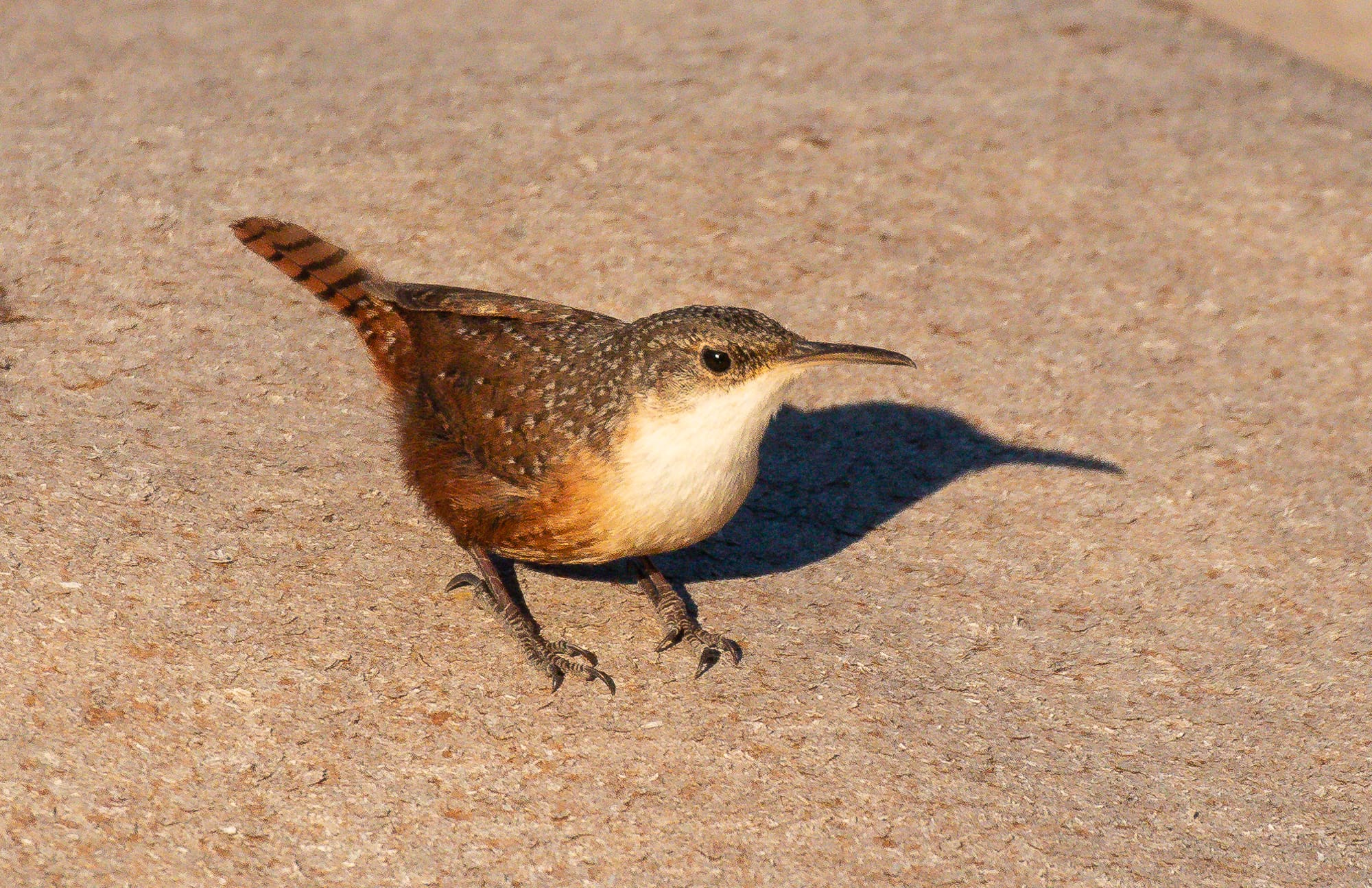
These jaunty little birds are considered uncommon in the Methow Valley, but little is known about their status, and until this week, I've never seen one here.
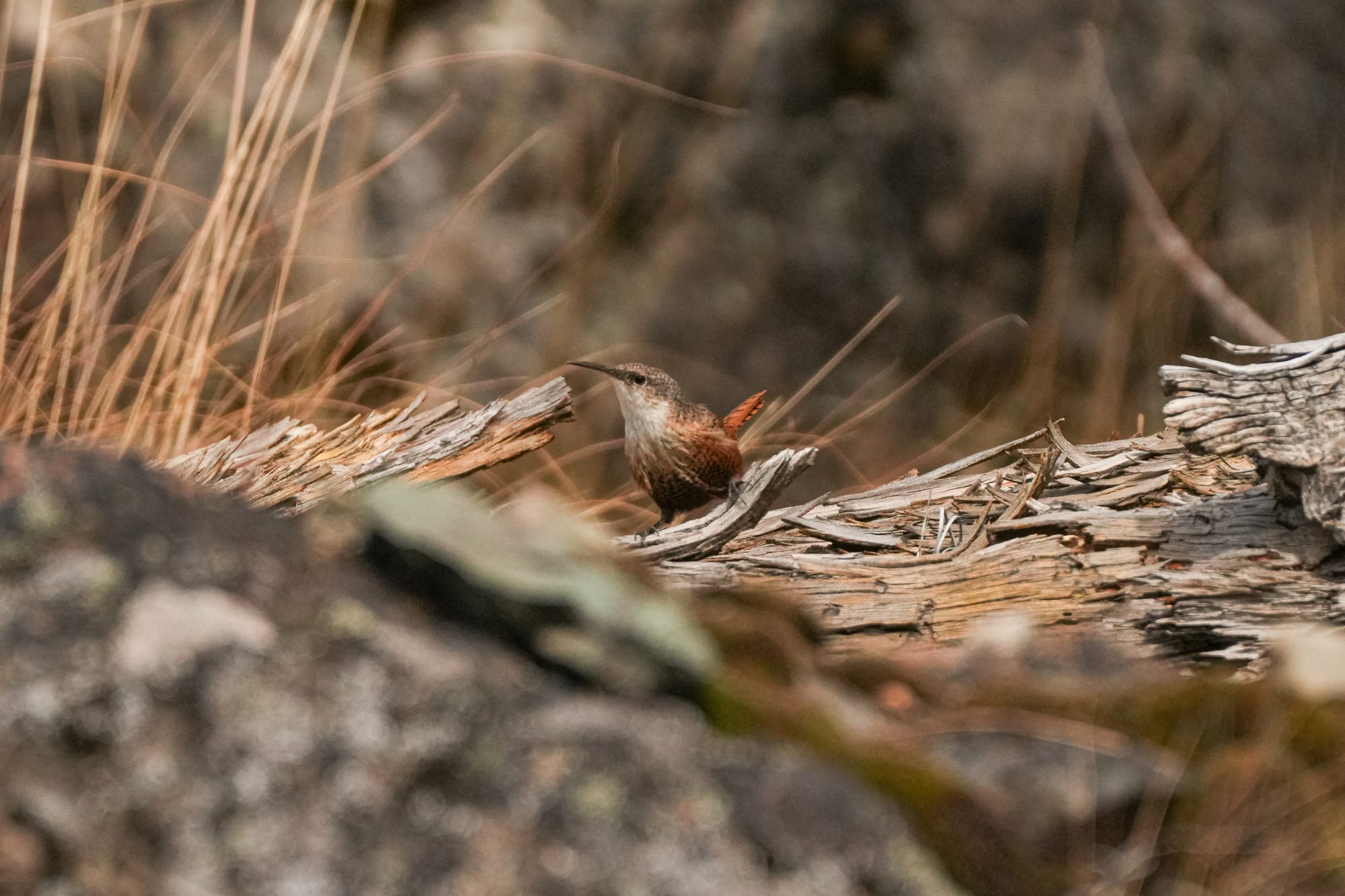
The best places to find them are around the sheer walls of Pipestone Canyon and Goat Wall. They almost assuredly breed in these places, but it's not clear where they go in the winter. On a few occasions, they've been reported in Pipestone Canyon on Christmas Bird Counts, but it's more likely that they usually leave the valley in the winter.
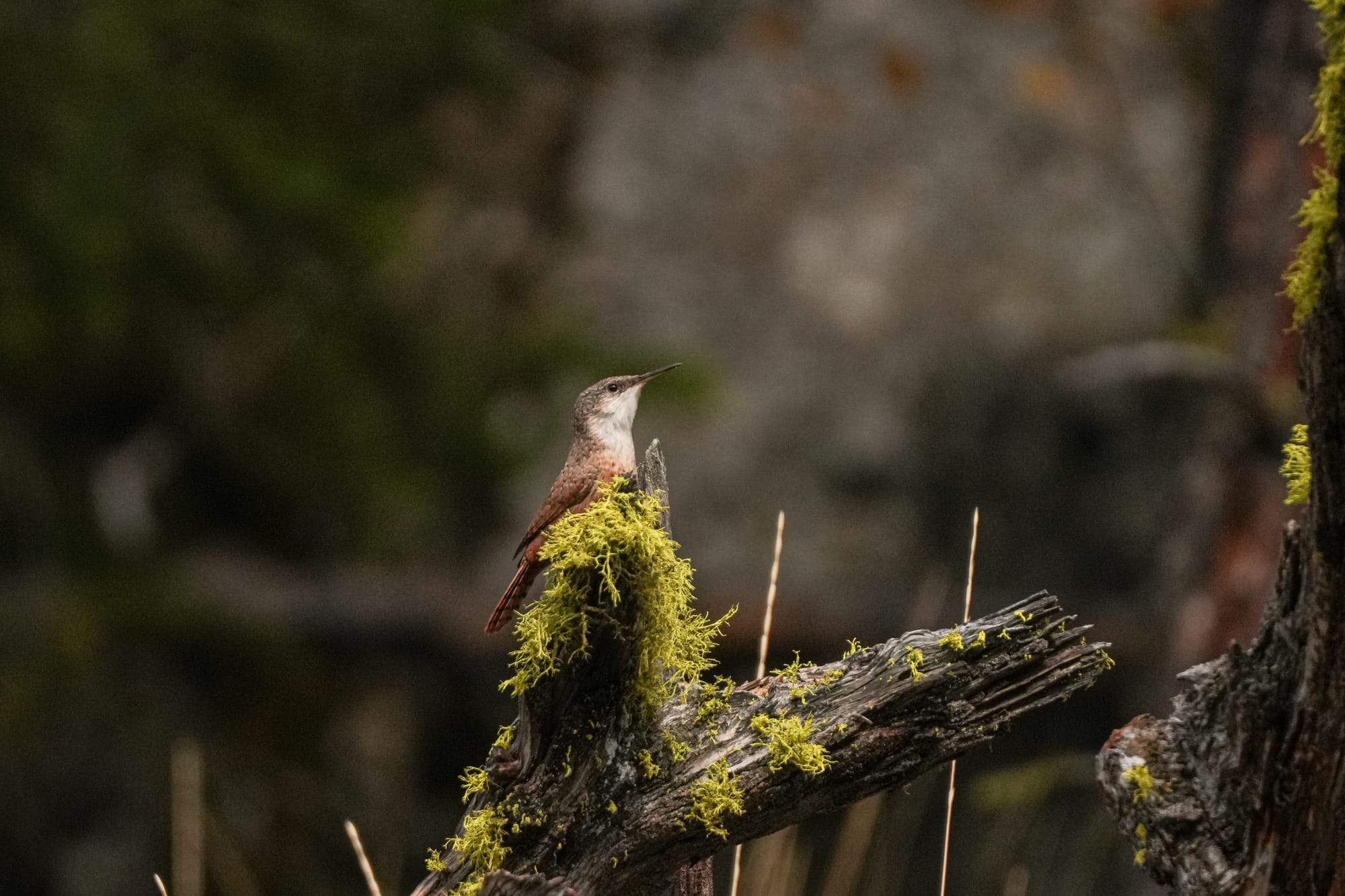
All these questions occurred to me when I spotted a canyon wren making its way across a forested hillside above Mazama this week. This is not a typical habitat, so it got me wondering if this bird was migrating or moving down canyon in preparation for the winter.
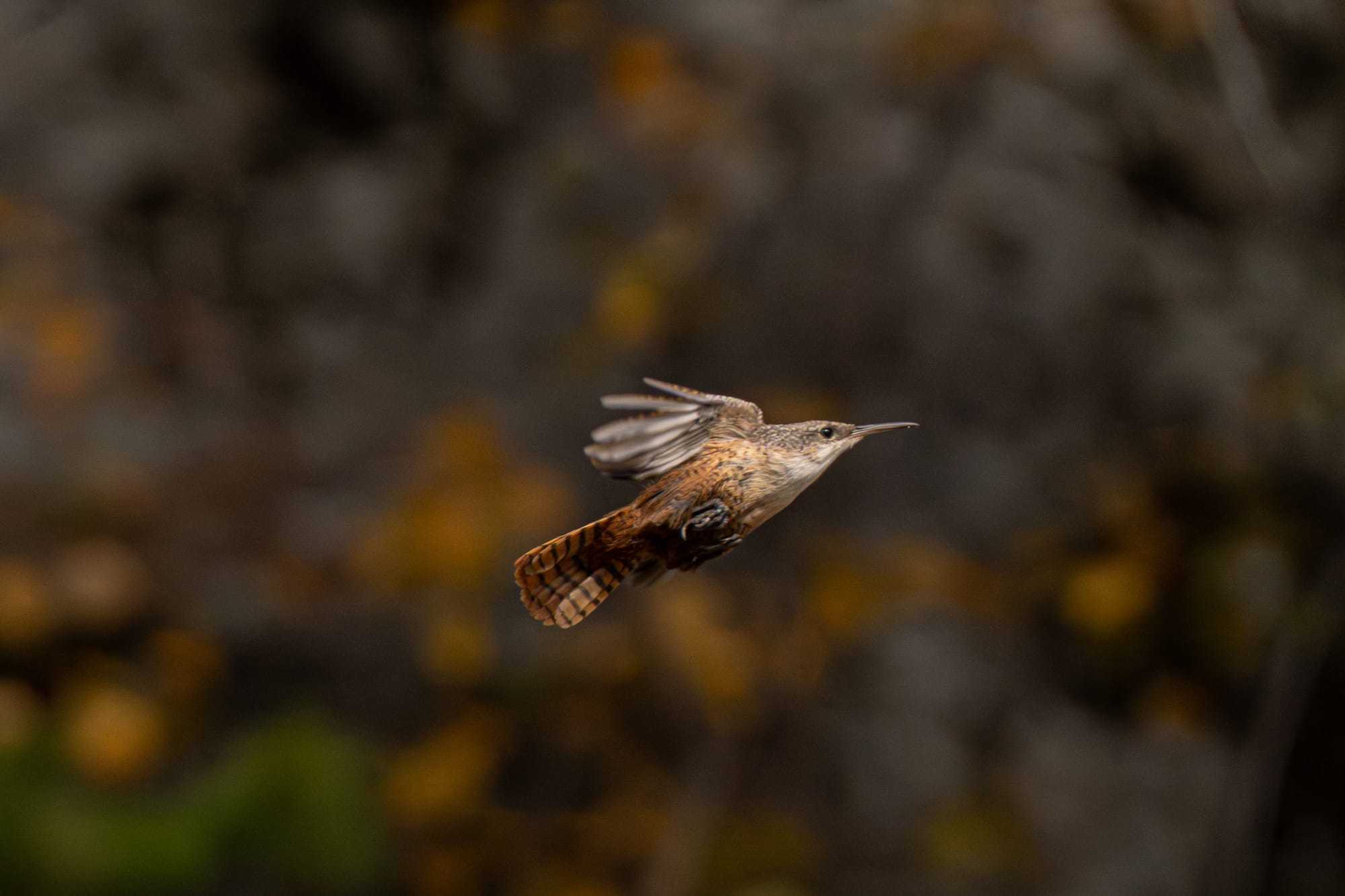
I love how small observations like this lead to bigger questions. In hopes of learning more about this bird, I've been reading reference books and asking folks who know more about the birds of the Methow Valley than I do. There are no easy answers, so I'll be looking for canyon wrens a lot harder from now on!

Upcoming Event: Forests and Fire Safety
Please join us at the Red Barn on October 29 for a fascinating presentation and discussion on forest ecology and fire safety. The guest speaker will be fire ecologist Chad Hanson, author of Smokescreen, a book exploring the story of wildfires and forest management.
[On a personal note, I first crossed paths with Chad Hanson when we worked together on the Rim Fire that devastated Yosemite National Park in 2013. I'm looking forward to this event because I've never met anyone as passionate and well-spoken about these issues as he is.]


